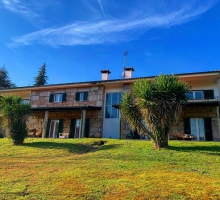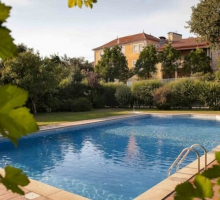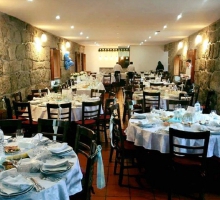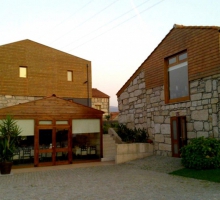Going back to the end of the seventeenth century, the Casa da Granja was acquired in 1855 by the maternal grandfather of the painter Amadeo de Souza-Cardoso, Francisco José Cardoso, and reformed in 1915 by his father, José Emídio de Souza-Cardoso.
This could have been the home of Amadeo de Souza-Cardoso (1887-1918) in Amarante, had not death abruptly interrupted the intense journey and the untamed genius of the one Almada Negreiros proclaimed to be "the first discovery of Portugal in twentieth-century Europe ".
Today the Casa da Granja is a Cultural Space with temporary exhibitions, permanent exhibitions, a museum room of the great Amaranthian photographer Eduardo Teixeira Pinto and where several activities of cultural scope are realized.
It is also in this space that is located the Association for the Creation of the Museum Eduardo Teixeira Pinto.
The photographer Eduardo Teixeira Pinto is one of the biggest names in Portuguese photographic art. His long life experience and his poetic look at reality have made him one of the best and most awarded Portuguese photographers of the 20th century. He won the Camões Grand Prix (1960) - one of the highest national distinctions.
Location: Amarante
This could have been the home of Amadeo de Souza-Cardoso (1887-1918) in Amarante, had not death abruptly interrupted the intense journey and the untamed genius of the one Almada Negreiros proclaimed to be "the first discovery of Portugal in twentieth-century Europe ".
Today the Casa da Granja is a Cultural Space with temporary exhibitions, permanent exhibitions, a museum room of the great Amaranthian photographer Eduardo Teixeira Pinto and where several activities of cultural scope are realized.
It is also in this space that is located the Association for the Creation of the Museum Eduardo Teixeira Pinto.
The photographer Eduardo Teixeira Pinto is one of the biggest names in Portuguese photographic art. His long life experience and his poetic look at reality have made him one of the best and most awarded Portuguese photographers of the 20th century. He won the Camões Grand Prix (1960) - one of the highest national distinctions.
Location: Amarante










